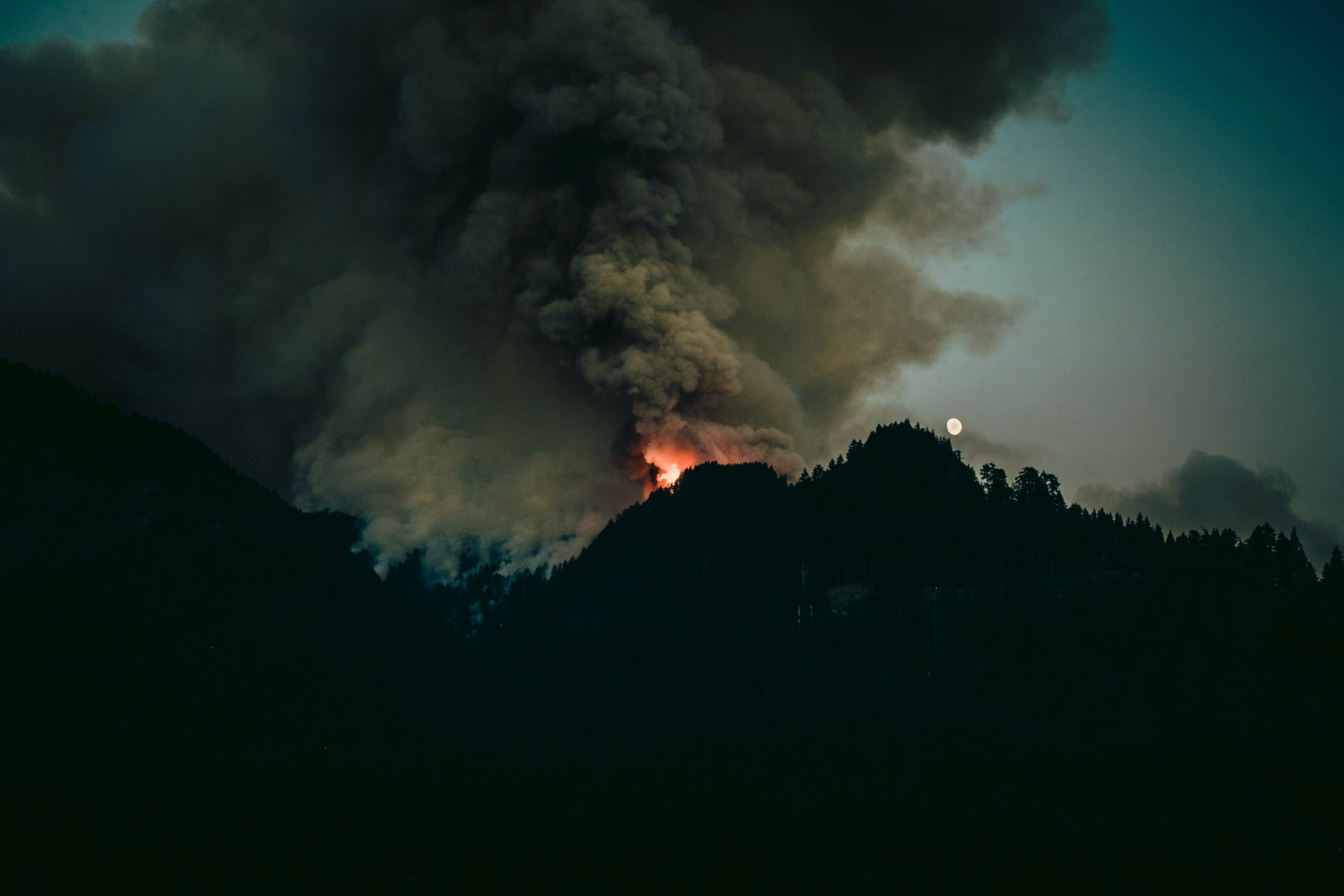
The beginning of summer heralds the start of the bushfire season. Different types of properties have different vulnerabilities based on their structure.
If you’re planning to buy or renovate, our list below gives you an excellent guide on how to review your property for fire susceptibility and highlights some elements of the structure of your house that may leave you vulnerable to fire.
You can then make a plan to address them or discuss with your builder the best way to fireproof as part of their work.
The roof – Many bushfires start in the roof, where burning embers take hold in gutters and spread under the eaves. Your fire alarm will not immediately detect this. Ideally, your house will not have a roof cavity, though that’s rare in Australia. The framing materials of your roof should be non-combustible and tight-fitting.
Insulation – Wall and ceiling insulation should be non-flammable. Note that some foam polyurethane, while top-notch thermally, will catch and can give off toxic fumes.
Walls – Double-brick beats both weatherboard and brick veneer, but nothing outperforms homes made of mudbrick or earth walls when it comes to fire protection.
Windows and doors – Toughened glass is the most resistant to fire. There is said to be little benefit to double- over single-glazing. Ensure there are no gaps between door frames, walls and floors, as these create air flows that encourage fire. Consider upgrading your flyscreens on windows to an ember-protection level mesh which will also stop embers from settling on sills.
Floors – Many materials used for flooring can give off toxic fumes when alight. Wool carpets will be fire retardant.
House frame – Steel is preferable to pine treated to withstand fire.
External gaps – You need to plug any gaps between windows and outer walls as these can be exploited in an ember attack. Fire will catch, and smoke will invade your home quickly.
Safe utilities – Expect electricity to go out during a fire unless you have solar and are not vulnerable to a power outage. Gas pipes can melt in the cavities of walls with obvious consequences. PVC water tanks may melt in extreme fires. Check with your manufacturer.
